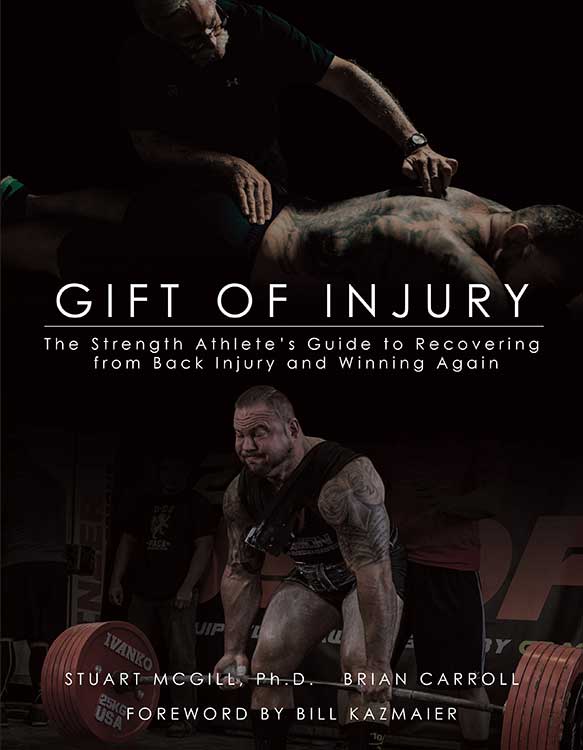GreenSoup
Level 6 Valued Member
Is Stuart McGill against training strength multiple times a week for bone health? If so, would there be a different timeline for maximum connective tissue growth support? Strongfirst encourages frequent training so I'd like to hear opinions on this excerpt of a McGill interview:
Renowned Spine Expert Dr. Stuart McGill's Best Advice to Beat Your Back Pain
Since I have had soft tissue injuries I love the idea of healing those up and having a timeline for what effectively heals and prevents such injuries. A stronger skeleton is also a fantastic idea. Are there specific strength training schedules or programs that prioritize connective tissue integrity or skeletal integrity?
Renowned Spine Expert Dr. Stuart McGill's Best Advice to Beat Your Back Pain
A bodybuilder whose goal it is to hypertrophy the muscle probably trains that muscle three times a week. But you get into trouble when you take that philosophy into powerlifting. Look at the great powerlifters, the guys who who are just so strong. They will train heavy deadlifts once per week. And the average keyboard warrior would say that's being undertrained. Not realizing that when you stimulate bone, when you stress a bit, that creates a piezo electric charge. So the piezo electric charge is largest where the stress concentration is. This attracts the charged ions of calcium and magnesium, and it bonds them on to that bone. This is how the body knows to build bone where it needs it. But those bonds are delicate for three or four days. If you leave them there for three or four days, they really scaffold in more calcium and magnesium. So the next time you heavy deadlift, they don't break off. But that's five days away. If you deadlift Monday, Wednesday, Friday, like so many newbies do, they don't realize that they are stimulating the piezo electric charge in the bone remodeling, but they're not allowing it to stick. In fact, they may actually break bonds.
Since I have had soft tissue injuries I love the idea of healing those up and having a timeline for what effectively heals and prevents such injuries. A stronger skeleton is also a fantastic idea. Are there specific strength training schedules or programs that prioritize connective tissue integrity or skeletal integrity?

